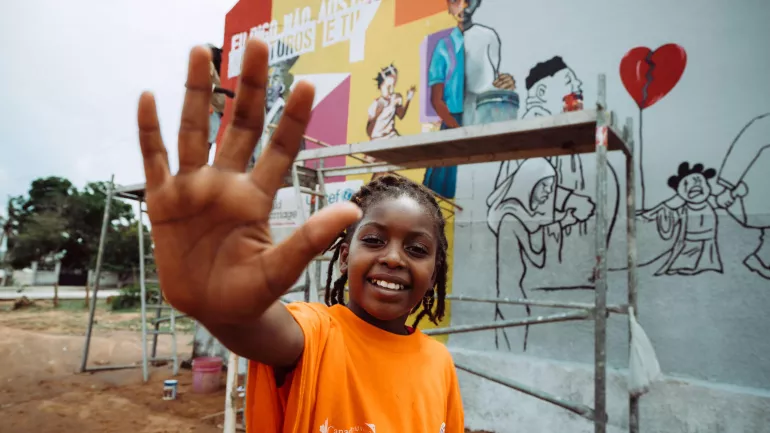
Child marriage, often termed as early marriage, involves a binding union, whether officially recognized or informally arranged, between an individual under the age of 18 and another person, either an adult or another minor. This practice affects girls more than boys, with statistics showing that 20% of young women between the ages of 20 and 24 were married before turning 18, in contrast to approximately 3.3% of young men.
This 20% figure, while alarming, represents a decline from a decade ago when the rate was 25%. Thanks to concerted efforts, UNICEF reports that around 68 million child marriages have been prevented over the past 25 years.
However, the struggle is far from over. In 2022 alone, 12 million girls were married off as children. Progress is stalling, especially in regions like sub-Saharan Africa, impacted by a range of complex issues, including armed conflicts, climate change, and the repercussions of the COVID-19 pandemic — a multifaceted global crisis. This has led to a renewed call for action from those combating this issue on the ground, emphasizing the need for more effective intervention strategies.
Empowering Young Women Escaping Forced Child Marriage
One of our core missions is to support and empower young women who have endured the hardships of forced child marriage. Many girls endure the harrowing experience of being abducted and coerced into marriage under threat, which is a stark reminder of the challenges these young women face. Such girls speak of the intense pressure to marry a man chosen by their captors and the threats made against their families if they resisted.
We aim to support women like who go through such horror in rebuilding their lives. We offer assistance to the victims to start their small businesses, giving them a path to independence and self-sufficiency. We provide resources and support to empower these brave young women to reclaim their lives, make autonomous choices, and pursue a future they envision for themselves and their children.
image by UNICEF
Get in Touch
Contact us to learn more about our program and how you can support.